Best Practices Articles

How to Drive Adoption of a Channel Marketing Automation Platform
Vendors selling to a channel need to enable their channel partners to generate and drive channel partners. This has been a challenge for almost all vendors, whether they are selling to vendors or consumers. While partners are a great fulfillment arm, few of them generate enough leads to drive demand on their own. To address the problem more companies over the past few years have been deploying channel automation platforms. However, the adoption of these platforms in the channel has been quite poor, and this has led to a lot of speculation and frustration. It has also led a number of companies to switch providers of channel marketing automation platforms, thinking that the move from one platform to another might help them attain higher levels of adoption. However, the issues generally lie elsewhere. Yes, the channel marketing automation platform needs to be robust, scalable, easy to use, etc., but only rarely is the failure to achieve widespread adoption of automation in the channel tied directly to the channel automation platform itself. In this article we will explore the core issues that underlie channel marketing automation adoption and outline steps vendors can take to generate ROI from the investment they are making in channel marketing automation platforms.
Challenges
- Lack of partner resources. Most channel partners have neither resident marketing experts nor sufficient resources to create and execute campaigns on their own. As a result of that, most marketing channel automation platforms that are introduced into the channel are simply not used. The problem is not that the platforms are difficult to use, but that partners don’t have the resources—namely, time—to sit down and learn a tool and then go execute a campaign or a program. Also, in the case of large partners that do have sufficient resources, often those resources go into vendor management and relationship management rather than into the proper use of channel management automation software.
- Lack of horizontal campaigns. Vendors typically deploy a marketing channel automation platform with new or niche products. Partners, on the other hand, generally do not want to squander whatever limited time and resources they have on programs that are not time-tested. In fact, one of the main challenges in spurring adoption of channel management automation is that deployment is often tested with campaigns that lack excitement on the partner side.
- Lack of partner incentives. Vendors will often have several campaigns, assets, etc. uploaded on the marketing automation platform, but without aligning any specific incentives with those campaigns. As a result, partners fail to see the benefits of putting in all the hard work of executing a campaign when the easiest thing they can do is just have the vendors hand over qualified leads. From the partner perspective, that’s a more efficient way to go.
- Lack of internal organizational alignment. It’s quite common in many organizations for the internal sales team or channel account management team or partner business management team not to be fully aligned with the channel marketing management automation system. In those cases, even when marketers load up a campaign on the platform, without inside sales or channel sales buy-in the campaign doesn’t go anywhere and the channel marketing platform is rarely discussed in a face-to-face partner meeting or in a phone conversation. As a result, channel marketing automation remains a “sidebar” conversation rather than a mainstream focus.
- Lack of public celebration. Most vendors have annual partner conferences where they try to promote the use of the channel marketing automation platform. However, most partners attending such conferences choose to attend such events for other reasons. Very rarely do they attend in order to check out all the cool features and functionality of a channel marketing automation tool, or to investigate the campaigns in such a tool or the services provided around it. Thus, the platform rarely gets promoted properly. Also, organizations do not necessarily celebrate the use of the platform to access such campaigns or assets in a global format—drawing attention to the fact that partners who are using it are actually getting good results.
Solutions
How do we overcome these barriers to the adoption of partner marketing automation?
- Deployment of partner marketing concierge services. Because partners typically lack extensive marketing resources, one of the most important things for vendors to budget for and invest in is shared marketing resources that partners can use in bite sizes (read our article - How to Provide Partner Marketing Concierge Help in Bite-Sized Chunks). Many vendors or organizations selling to the channel try to save money in this area, asking the internal sales people or the account management team to become the marketing concierge arm of the organization. This is an absolute failure in the making, because most of the time the sales teams are too busy executing their own goals and objectives, and don’t have time to go learn a tool or a set of campaigns and thereby drive automation of the channel marketing automation platform by partners. Thus, a critical success factor in adoption of the channel marketing tools is either outsourcing to a third-party concierge service or providing concierge services internally.
- Quarterly updates of campaigns around products that sell. It’s incredibly important to have fresh campaigns available—at least two to three campaigns per $100 million of business the channel is doing on a quarterly basis. Why that number? For every large organization, a typical product line varies between $100 million to $200 million. From a solutions selling perspective, if there is a quarterly refresh going on—perhaps the product is getting upgraded or there’s a pricing change or a promotion—there is something that can be loaded onto the platform that a partner can use to drive communication and lead generation from the company’s installed base and potential prospect base.
- Alignment of partner incentives. As we touched on before, aligning partner rewards, rebates or market development funds (MDF) behind the adoption strategy of the channel marketing automation platform is absolutely critical. Let’s say a vendor has a program focused on driving upgrades of existing software. When the vendor rolls out that program, it is also essential to make sure that the MDF—whether for telemarketing or event marketing or online, search and social marketing—are available for partners to use and align with their own interests, so they can tap into the funds to drive execution. In this case, marketing partner concierges from a third-party agency could offer substantial help, taking advantage of the marketing services agency’s infrastructure. On top of that, if there are sales rewards whereby partner sales reps get additional incentives to sell and close deals, as well as additional backend rebates for partners, then the entire organization can be fully aligned behind driving a campaign within the marketing automation platform. This is another area where partner marketing concierges can help by coming in and educating partners, letting them know what campaigns they can pick and where their company can get extra rebates or margin, and explaining how their the partner’s reps can get reward dollars or loyalty points.
- Celebrating success widely. We’ve already talked about this as a major challenge to adoption. But addressing the challenge is not difficult. A quarterly webinar sharing where partners have used certain campaigns, how they have generated hot leads in the pipeline, how they have closed leads, how many leads they have closed and what the largest deals or opportunities are can have a huge impact in promoting the efficacy of the channel marketing automation platform in driving demand. This is not a lot of work, and a partner marketing concierge can easily do it, but it can have a significant impact in building credibility in the channel, as well as aligning the sales team from within to make sure they’re actually seeing results from the investment that the channel marketing team is driving. Finally, when considering how to celebrate success, the organization also needs to reward employees internally—whether it’s a channel account manager or a channel business manager—for the right behavior in driving demand using the right tools and the right campaigns in the right way.
Yes, it can be hard to drive adoption of the channel marketing automation platform in the channel. However, it can be accomplished with a systematic approach. Certainly the barriers I’ve mentioned above might give rise to perceptions that the challenges are daunting, but the solutions I’ve suggested are straightforward and attainable, and any organization can deploy them in 90 to 180 days. One last tip: When deploying a marketing automation platform, the organization must start with a single region only. There is likely to be internal pressure to roll out a platform globally very quickly. However, without the alignment of partner marketing concierges, quarterly refresh of campaigns, partner alignment with incentives, alignment of account management infrastructure, and without figuring out meaningful ways to celebrate success, the results from one region may not be compelling enough to drive adoption in other regions. On the other hand, if the vendor is successful in adopting the platform in that first region, other regions can easily be convinced to follow suit and replicate the execution model by looking at what’s working and by localizing campaigns and incentive structures for a specific region or country.
Best Practices Guidebook
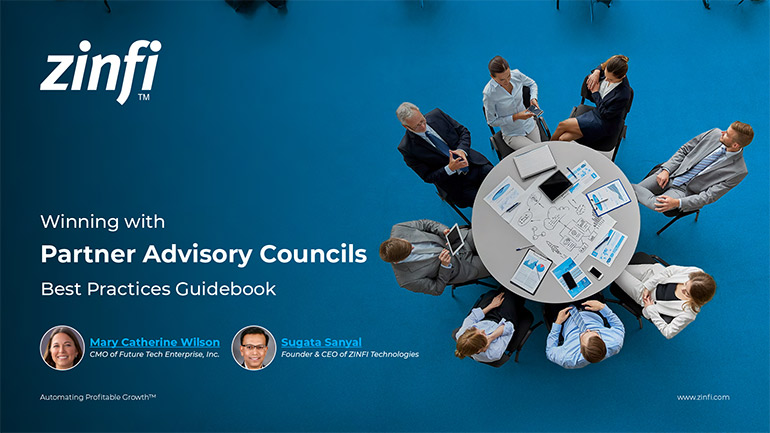 Winning with Partner Advisory Councils: Best Practices for Partner Engagement & Growth
Winning with Partner Advisory Councils: Best Practices for Partner Engagement & GrowthDownload Guide
 The Future of Partner Ecosystems Best Practices
The Future of Partner Ecosystems Best PracticesDownload Guide
 The AI Revolution: How Technology and Talent are Shaping the Future
The AI Revolution: How Technology and Talent are Shaping the FutureDownload Guide
 Top 105 Partner Management Metrics that Matter Best Practices
Top 105 Partner Management Metrics that Matter Best PracticesDownload Guide
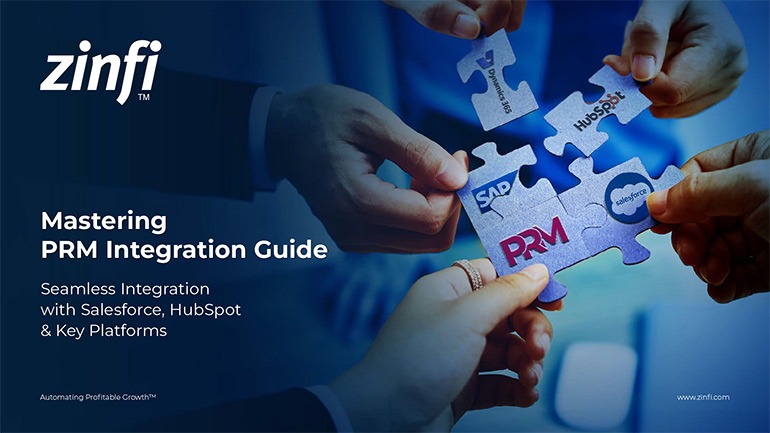 Mastering PRM Integration Best Practices
Mastering PRM Integration Best PracticesDownload Guide
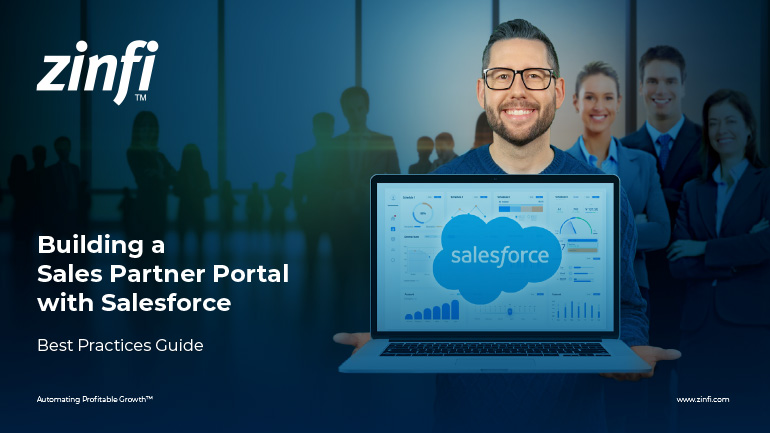 Building a Sales Partner Portal with Salesforce Best Practices
Building a Sales Partner Portal with Salesforce Best PracticesDownload Guide
 Building and Managing Partner Ecosystems Best Practices
Building and Managing Partner Ecosystems Best PracticesDownload Guide
 Mastering Co-Marketing and Co-Selling Best Practices
Mastering Co-Marketing and Co-Selling Best PracticesDownload Guide
 Transforming Partner Ecosystems Best Practices
Transforming Partner Ecosystems Best PracticesDownload Guide
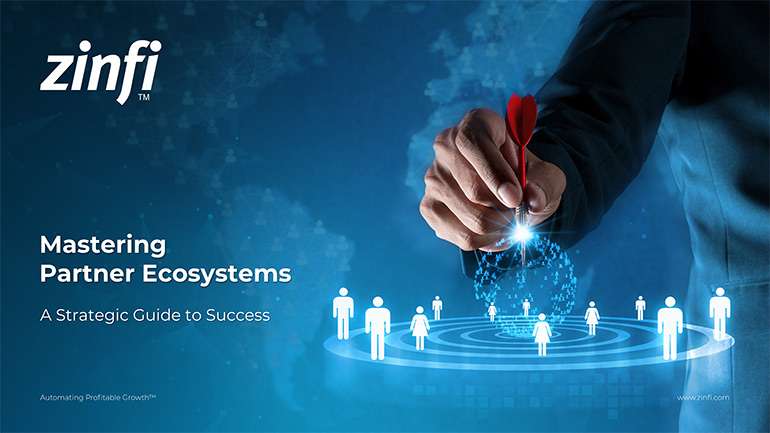 Mastering Partner Ecosystems Best Practices
Mastering Partner Ecosystems Best PracticesDownload Guide
 Mastering Partner Onboarding Best Practices
Mastering Partner Onboarding Best PracticesDownload Guide
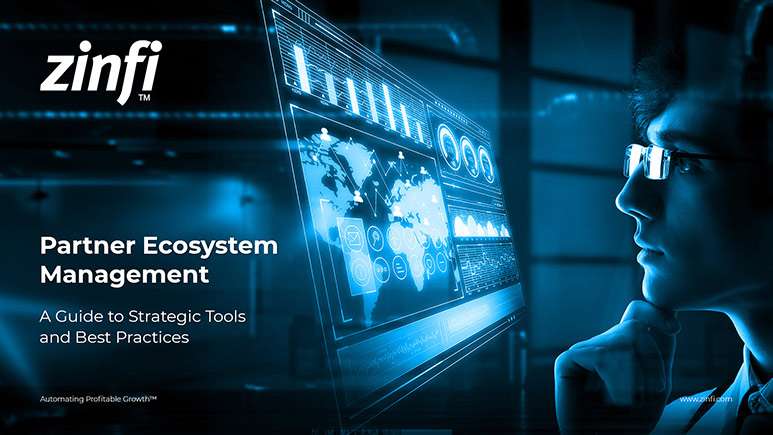 Partner Ecosystem Management Best Practices
Partner Ecosystem Management Best PracticesDownload Guide
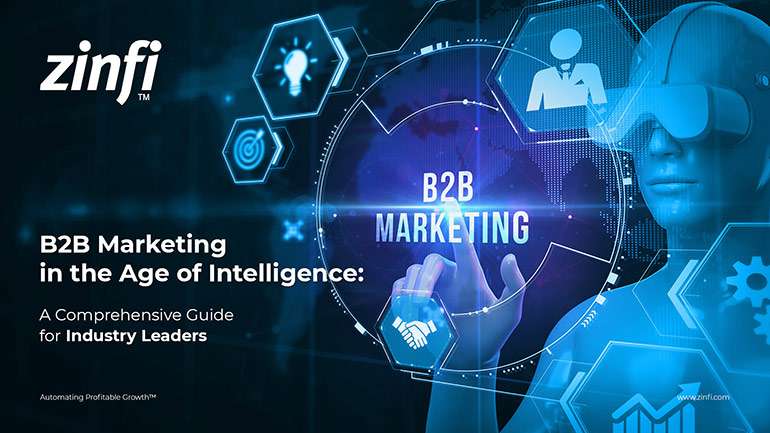 B2B Marketing in the Age of Intelligence Best Practices
B2B Marketing in the Age of Intelligence Best PracticesDownload Guide
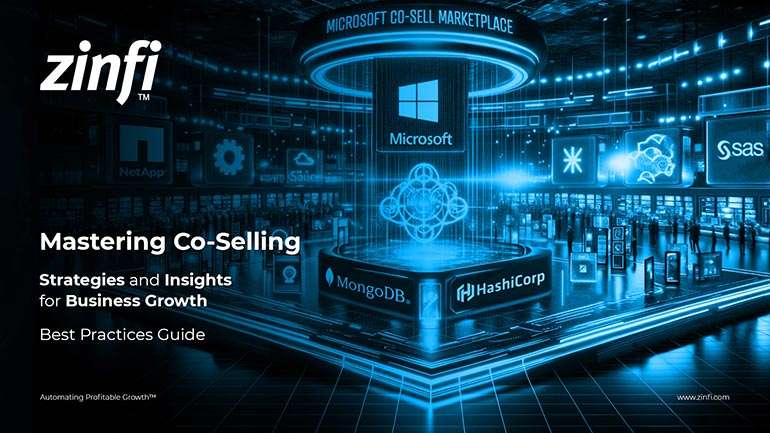 Multi-Partner Co-Selling Best Practices
Multi-Partner Co-Selling Best PracticesDownload Guide
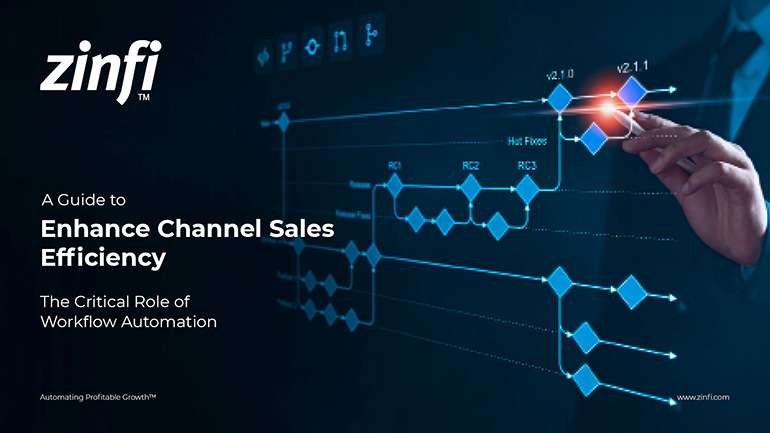 A Guide to Enhance Channel Sales Efficiency
A Guide to Enhance Channel Sales EfficiencyDownload Guide
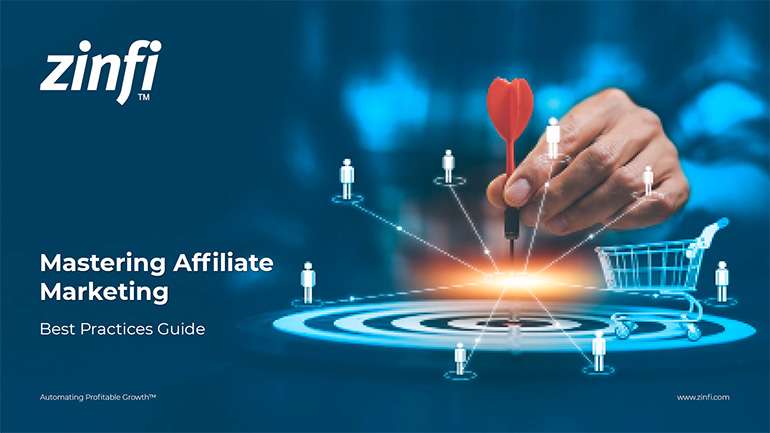 Mastering Affiliate Marketing Best Practices
Mastering Affiliate Marketing Best PracticesDownload Guide
 The Ultimate Guide to Channel Partner Management
The Ultimate Guide to Channel Partner ManagementDownload Guide
 Top 10 Trends in 2024 Partner Relationship Management
Top 10 Trends in 2024 Partner Relationship ManagementDownload Guide







